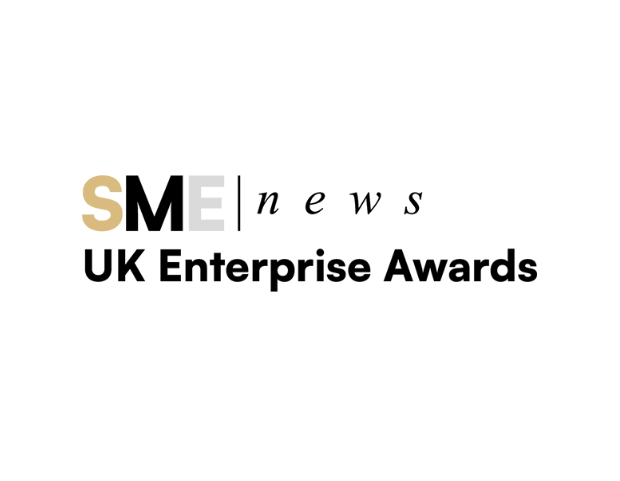
We are delighted to share that Subhasree will be speaking in Bengaluru as part of our India summit. We caught up with her to see how she’s feeling in the runup to the event.
Hi Subhasree, we are thrilled that you will be speaking at the Wellbeing at Work India Summit in April. Our first and most important question is, how are you doing today?
I’m doing great, and I appreciate the opportunity to be part of this important discussion on workplace wellbeing. At the time of Climate Change, Crisis, and post COVID 19, Employee health and wellness have never been more critical, and I’m looking forward to sharing insights and learning from industry peers.
As a leader based in the region, what are the main challenges you are facing when it comes to employee wellbeing and mental health?
In the region, employee wellbeing and mental health face several interconnected challenges. The stigma surrounding mental health remains a significant barrier, discouraging employees from seeking help due to fear of judgment or perceived weakness. The rapid rise of hybrid and remote work models has blurred the boundaries between professional and personal life, making it difficult for employees to disconnect, leading to burnout and mental fatigue. Additionally, the “always-on” digital culture — where constant connectivity is expected — intensifies stress, reduces focus, and contributes to an unhealthy work-life balance. Long sitting hours further compound physical health issues, which in turn affect mental resilience. Moreover, diverse cultural norms and economic disparities across the region create uneven access to mental health resources, making it essential for organizations to prioritize personalized, accessible, and stigma-free wellbeing solutions tailored to their workforce’s unique needs.
What strategies have you seen developing over the past 6 months, both internally and externally, that are moving the dial on wellbeing in the workplace?
Since joining the organization just three months ago, I’ve observed a growing shift toward proactive, preventive strategies to improve employee wellbeing — and I’ve started contributing to these efforts. We believe in Communication, Creating Impact, and Measurable Outcomes. We’re focusing on early intervention and lifestyle modifications to prevent health issues before they arise. We are focused on holistic wellbeing that helps employees track and improve their physical, mental, and emotional wellbeing through personalized recommendations on nutrition, exercise, and stress management. We’re also rolling out awareness campaigns. Beyond the workplace, we’re extending these efforts to employees’ families, recognizing that a supportive, healthy home environment plays a crucial role in sustaining overall wellbeing. This includes family wellness sessions, nutrition guidance, and mental health resources — all aimed at fostering a long-term culture of health and resilience.
Why is employee wellbeing so important to you personally?
Employee wellbeing is deeply important to me because I strongly believe in the power of prevention and early detection of diseases to reduce untimely deaths and prevent long-term morbidity. Too often, serious health conditions go unnoticed until they reach an advanced stage — impacting not just the individual, but their families and the organization as well. By fostering a culture of proactive health management, we can empower employees to take charge of their physical and mental wellbeing, leading to longer, healthier, and more fulfilling lives. Prevention isn’t just a strategy — it’s a commitment to ensuring people can thrive both personally and professionally.
What areas do you think employers should be focused on over the next 12 months?
Over the next 12 months, employers should focus on integrating wellness metrics into their ESG framework, moving beyond checkbox activities to make employee wellbeing a core, measurable priority. Wellness must be driven as a long-term, sustainable purpose — not just an initiative — ensuring it delivers maximum return on investment by improving productivity, reducing healthcare costs, and enhancing employee engagement. By prioritizing wellbeing as a strategic pillar, organizations can de-risk the business, build a resilient workforce, and create an environment where people don’t just survive — they thrive.
Do you feel that investment in employee wellbeing in the region is increasing or decreasing and is that a direct reflection on HR leaders’ increasing ability to demonstrate effective returns of their strategies to leadership?
Investment in employee wellbeing in the region is steadily increasing, driven by a growing recognition that a healthier workforce directly impacts business outcomes. This shift is also a reflection of HR leaders becoming more adept at demonstrating tangible returns on wellbeing initiatives — from improved productivity and engagement to reduced absenteeism and healthcare costs. Organizations are realizing that wellbeing isn’t just an employee benefit; it’s a strategic enabler for long-term success. The challenge now is to ensure these investments go beyond surface-level programs and translate into meaningful, measurable improvements in employee health and organizational performance.
How has your organisation been leading the way?
Our organization has been leading the way by embedding health and wellness into the core of our culture, ensuring it’s not just an initiative but a sustained priority. We’ve implemented the My Health Index (MHI) program, empowering employees to track and improve their physical, mental, and emotional wellbeing through personalized, data-driven insights. To further scale our impact, we’re working on digitizing access to wellness initiatives, making it easier and more convenient for employees to engage with health resources anytime, anywhere.
Subhasree will be speaking in Bengaluru at the Wellbeing at Work Summit India which takes place in Mumbai on 8th April and Bengaluru on 10th April. Further details on the Summit and tickets can be found here.



